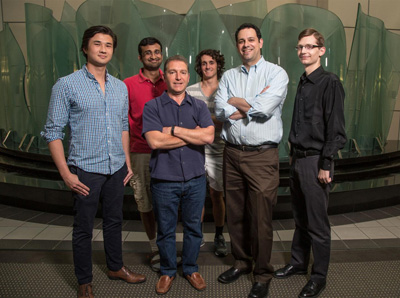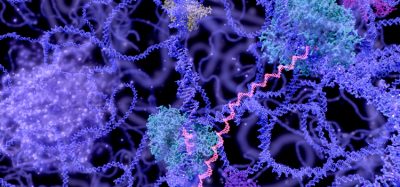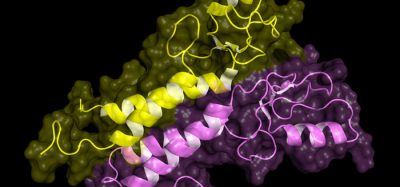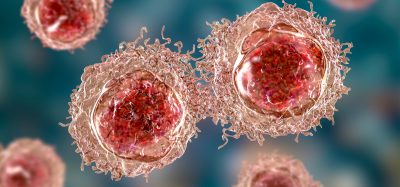‘Outlier’ enzymes identified as potential targets to treat diabetes
Posted: 30 March 2016 | Victoria White | No comments yet
Scientists have discovered two enzymes – AIG1 and ADTRP – that appear to play a role in metabolism and inflammation…

The team included (left to right) Matthew Kolar, Siddhesh Kamat, Enrique Saez, Armand Cognetta, Alan Saghatelian, William Parsons and Ben Cravatt (not pictured)
Scientists have discovered two enzymes that appear to play a role in metabolism and inflammation.
The scientists say that the enzymes might someday be targeted with drugs to treat type 2 diabetes and inflammatory disorders.
The discovery is unusual because the enzymes do not bear a resemblance to any known class of enzymes. The team of scientists, from The Scripps Research Institute (TSRI) and the Salk Institute for Biological Studies, nevertheless identified them as “outlier” members of the serine/threonine hydrolase class, using newer techniques that detect biochemical activity.
The study began as an effort in Benjamin F. Cravatt’s laboratory to discover and characterise new serine/threonine hydrolases using fluorophosphonate (FP) probes – molecules that selectively bind and, in effect, label the active sites of these enzymes.
Pulling FP-binding proteins out of the entire proteome of test cells and identifying them using mass spectrometry techniques, the team matched nearly all known hydrolases. The major outlier was a protein called androgen-induced gene 1 protein (AIG1). The only other one was a distant cousin in terms of sequence, a protein called ADTRP.
“Neither of these proteins had been characterised as an enzyme; in fact, there had been little functional characterisation of them at all,” said William H. Parsons, a research associate in the Cravatt laboratory.
Experiments on AIG1 and ADTRP revealed that they do their enzymatic work in a unique way. “It looks like they have an active site that is novel–it had never been described in the literature,” said Parsons.
The team is working on further studies of the new enzymes
Initial tests with panels of different enzyme inhibitors showed that AIG1 and ADTRP are moderately inhibited by inhibitors of lipases. But on what specific lipids do these newly discovered outlier enzymes normally work?
At the Salk Institute, Alan Saghatelian’s laboratory was investigating a class of lipids it had discovered in 2014. Known as fatty acid esters of hydroxy fatty acids (FAHFAs), these molecules showed strong therapeutic potential. Saghatelian and his colleagues had found that boosting the levels of one key FAHFA lipid normalises glucose levels in diabetic mice and also reduces inflammation.
The Cravatt laboratory soon developed powerful inhibitors of the newly discovered enzymes, and the two labs began working together, using the inhibitors and genetic techniques to explore the enzymes’ functions in vitro and in cultured cells.
The team concluded that AIG1 and ADTRP, at least in the cell types tested, appear to work mainly to break down FAHFAs and not any other major class of lipid.
In principle, inhibitors of AIG1 and ADTRP could be developed into FAHFA-boosting therapies. “Our prediction,” said Saghatelian, “is that if FAHFAs do what we think they’re doing, then using an enzyme inhibitor to block their degradation would make FAHFA levels go up and should thus reduce inflammation as well as improve glucose levels and insulin sensitivity.”
The two labs are now collaborating on further studies of the new enzymes – and the potential benefits of inhibiting them – in mouse models of diabetes, inflammation and autoimmune disease.
Related topics
Enzymes
Related conditions
Diabetes
Related organisations
Salk Institute, The Scripps Research Institute (TSRI)






